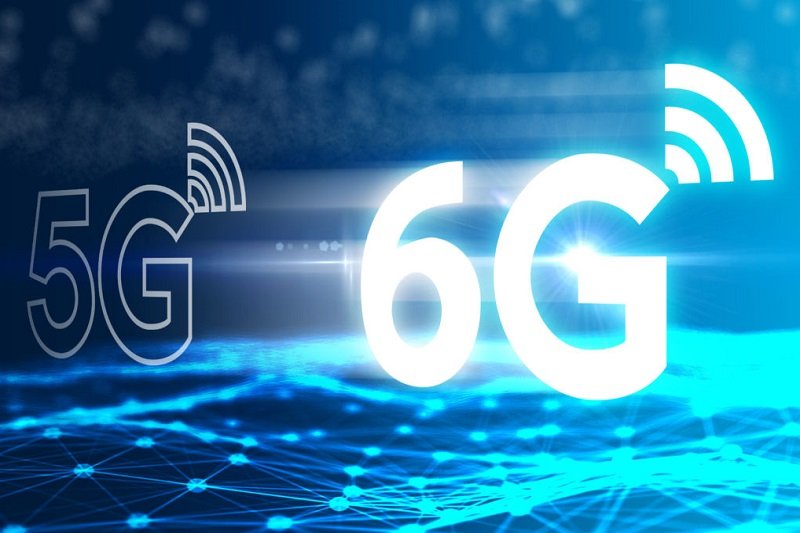Another Step To Enter The World Of “Internet Of Everything”
Researchers At LG, In Collaboration With A Group From The German Franfhofer Association, Have Succeeded In Sending Sixth-Generation Signals Up To A Distance Of 100 Meters, Setting A New Record In This Field.
Internet Of Everything, Although fifth-generation (5G) networks are slowly expanding, engineers at several telecommunications companies are working hard on sixth-generation (6G) technology.
This new generation of mobile communications is expected to accelerate data exchange to 50 times faster than fifth-generation networks. It is estimated that the network latency is ten percent of fifth-generation networks, which will increase the quality of calls. On the other hand, this new standard will increase the accuracy of data transmission.
Combining these capabilities will lead to the growth of a phenomenon called the Internet of Everything in the future. Researchers have found that this step in communication technology is more challenging than previous steps in this field. It is related to the nature of the sixth generation of mobile communications. In this technology, the signal range is low due to reducing power during transmission.
For this reason, its commercialization has been postponed to 2025, although many experts believe that sales of products based on this technology will occur by 2029 or perhaps later.

Figure 2 – Korean and German researchers work together to increase the range of sixth-generation signals to 100 meters.
A few months ago, a group of Samsung companies reached a new record of 15 meters in sending sixth-generation signals. But the LG group was able to send and receive calls over two very high buildings, with a transmission distance of one hundred meters.
According to Alji, an essential factor that led them to such an achievement is the use of amplifiers developed in collaboration with a research organization called the German Fraunhofer Society.
This amplifier can generate stable signals of 15 dB in the frequency range between 155 GHz and 175 GHz. They also have adaptive beamforming technology, which is essential for changing the receiver channels.
In addition, in the above test, high-efficiency antenna switching is used, which is necessary to combine the signals and send them to the target antenna.











